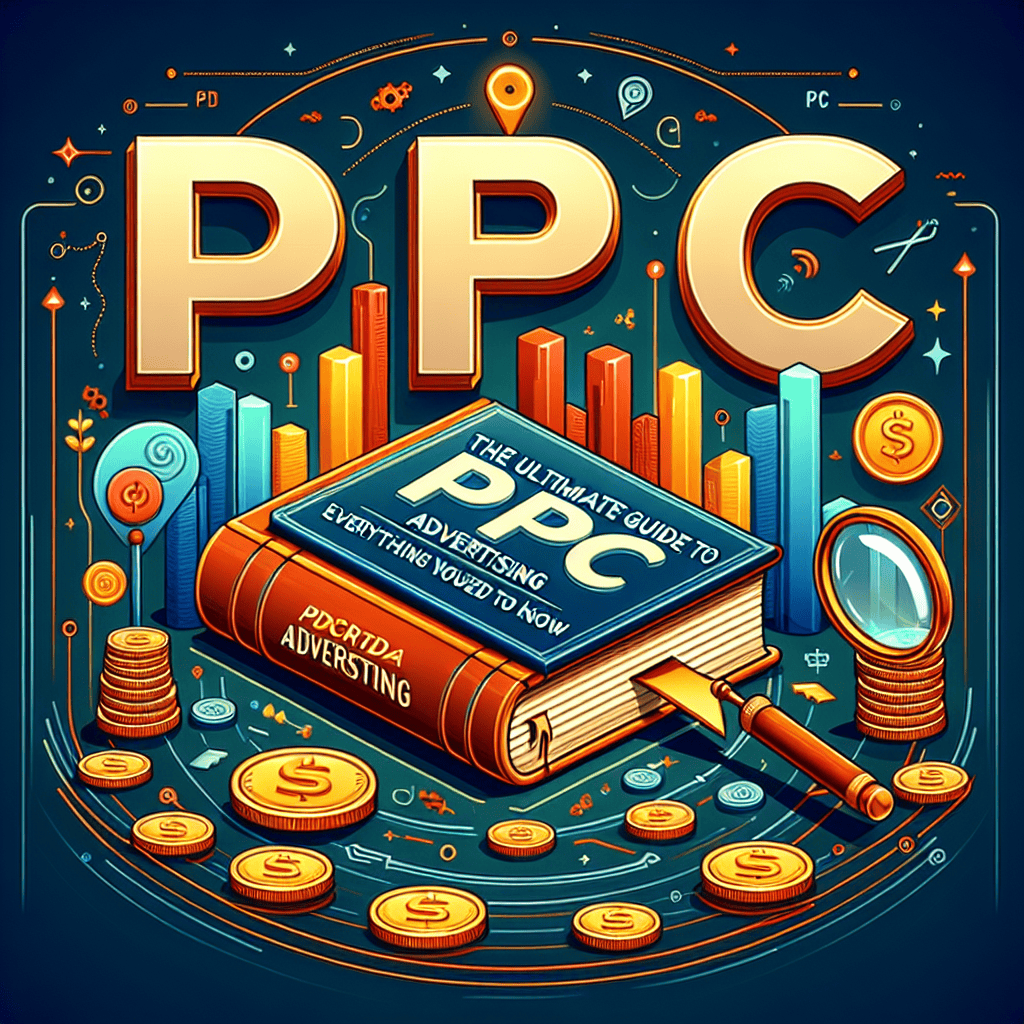In the fast-paced world of digital marketing, pay-per-click (PPC) advertising has emerged as one of the most effective tools for businesses to drive traffic, generate leads, and increase sales. If you’re looking to navigate the ever-changing landscape of online advertising, this ultimate guide will cover everything you need to know about PPC advertising, from the fundamentals to advanced strategies.
Understanding PPC Advertising
PPC advertising is a digital marketing model where advertisers pay a fee each time their ad is clicked. Instead of earning visits organically, businesses pay for traffic through platforms like Google Ads, Bing Ads, Facebook Ads, and other networks. The primary goal of PPC is to direct targeted traffic to a specific landing page where conversions can take place.
How Does PPC Work?
When you initiate a PPC campaign, you select keywords relevant to your business and formulate ads targeting those keywords. Search engines and social media platforms use algorithms to display ads based on bids and quality scores. When a user searches for those keywords, the ads are displayed, and you only pay when someone clicks on your ad.
The Benefits of PPC Advertising
PPC advertising offers numerous benefits for businesses looking to enhance their online presence.
1. Immediate Results
Unlike SEO, which can take months to gain traction, PPC offers immediate visibility. Once your campaign is live, your ads can start appearing almost instantly.
2. Targeted Reach
PPC allows you to hone in on specific demographics, interests, and behaviors through detailed targeting options. This means your ads are shown to users most likely to convert.
3. Cost Control
With PPC, you have complete control over your budget. You can set daily limits, adjust bids based on performance, and pause campaigns at any time.
4. Measurable Results
Using analytics tools, you can track the performance of your campaigns in real-time. Metrics such as click-through rates (CTR), conversion rates, and return on ad spend (ROAS) help you evaluate your investment.
Setting Up Your PPC Campaign
To maximize the success of your PPC advertising, you need a solid strategy and a well-structured campaign.
Step 1: Define Your Goals
Before diving into PPC, determine what you want to achieve. Are you looking to increase brand awareness, drive website traffic, generate leads, or boost sales? Clear goals will guide your campaign strategy.
Step 2: Conduct Keyword Research
Identify relevant keywords that your target audience is searching for. Utilize tools such as Google Keyword Planner, Ahrefs, or SEMrush to discover high-volume keywords with manageable competition.
Step 3: Create Compelling Ads
Your ad copy should be clear, concise, and compelling. Focus on the benefits of your product or service, include strong calls to action (CTAs), and ensure your ads align with your landing pages.
Step 4: Design Optimized Landing Pages
Your landing page should be tailored to convert visitors. This means a clear layout, easy navigation, captivating headlines, and relevant content that matches the promise of your ad.
Step 5: Launch and Monitor Your Campaign
Once your ads are live, closely monitor their performance. Use A/B testing to experiment with different ad copies, designs, and targeting options. Adjust bids and budgets according to the results.
PPC Advertising Strategies for Success
To enhance your PPC campaigns, consider integrating these proven strategies:
1. Use Negative Keywords
Implementing negative keywords prevents your ads from appearing for irrelevant search queries. This helps to reduce wasted spend and improves your overall ROI.
2. Experiment with Ad Extensions
Ad extensions enhance the visibility of your ads and increase CTR. Use site link extensions, call extensions, and location extensions to provide additional information and improve engagement.
3. Retargeting
Retargeting allows you to reconnect with visitors who have previously engaged with your site but did not convert. By showing tailored ads to these users, you can remind them to return and complete their purchases.
4. Monitor Competitors
Keeping an eye on your competitors can provide insights into their strategies and approaches. Tools like SpyFu and AdBeat can help you analyze their ad campaigns and optimize your own.
Measuring the Success of Your PPC Campaign
To determine the effectiveness of your PPC efforts, you must measure the right metrics:
1. Click-Through Rate (CTR)
CTR indicates how often people click on your ad after seeing it. A high CTR suggests that your ad copy and targeting are effective.
2. Conversion Rate
The conversion rate measures the percentage of users who take the desired action after clicking your ad. It’s crucial for assessing the effectiveness of your landing page.
3. Return on Ad Spend (ROAS)
ROAS tells you how much revenue you earn for every dollar spent on your ads. A positive ROAS indicates a profitable campaign.
Conclusion: Navigating the Future of PPC Advertising
PPC advertising is a powerful tool that, when executed correctly, can yield remarkable results for businesses of all sizes. By understanding its fundamentals, setting up campaigns strategically, and continually monitoring performance, you can harness the full potential of PPC to drive growth. As digital marketing evolves, staying informed about emerging trends and best practices in PPC is essential for sustained success. Embrace PPC advertising, adapt to changes, and watch your business soar.
At USA Marketing Pros, we specialize in transforming your online presence with superior web design, SEO, and digital marketing solutions. Based in Arlington, VA, we proudly serve businesses across Northern Virginia and the greater Washington, DC area. Contact us today to see how we can help your business grow at (202) 888-5895 or visit us at 701 12th St S, Arlington, VA 22202.
Looking for Google, Facebook, or Instagram Pay-Per-Click Advertising Management? View our top-rated PPC Advertising Services
Check out all our Digital Marketing Services
Advertising Strategy Call




0 Comments